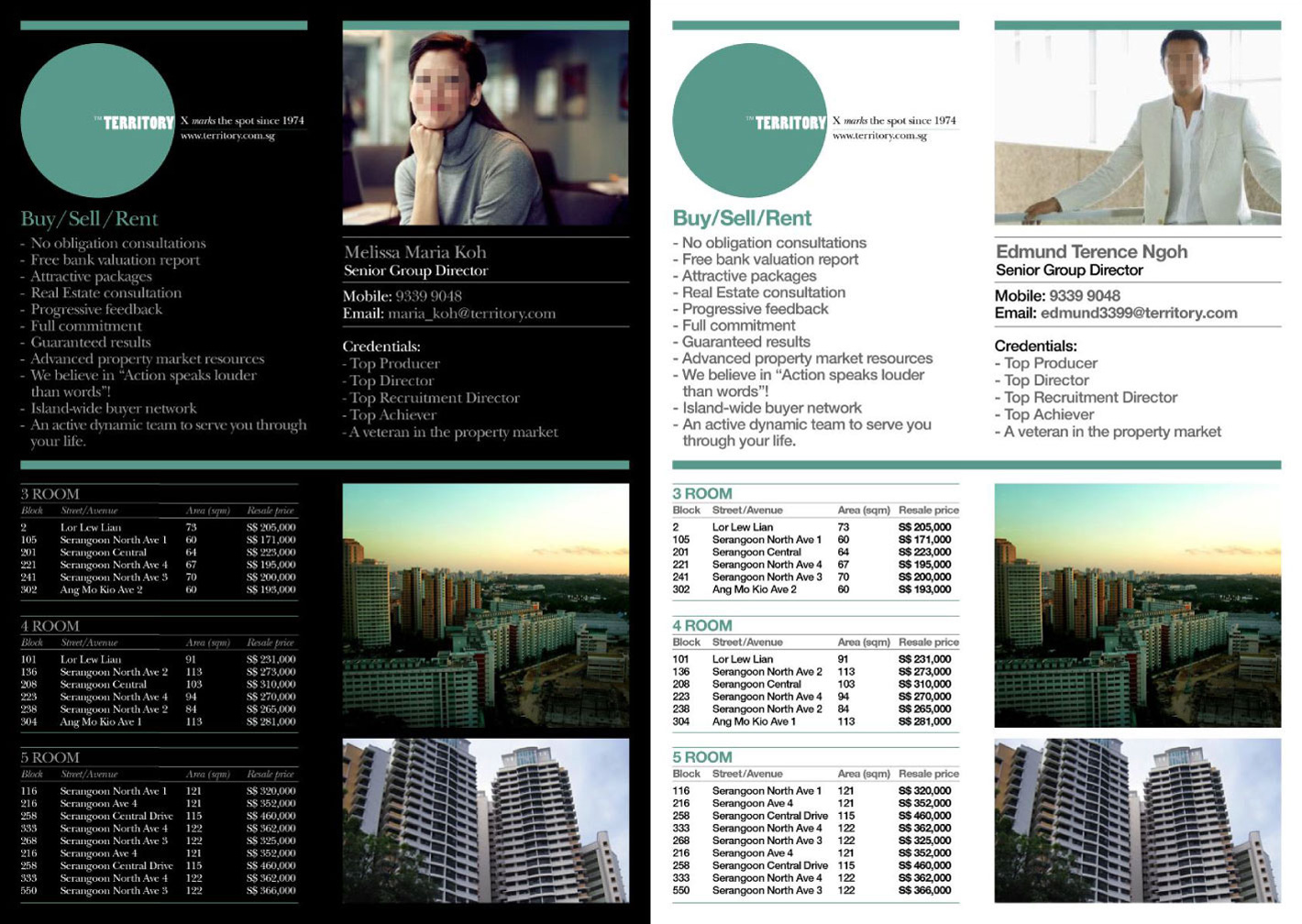The month of March promises to be an exciting one for Singapore’s design scene as exhibitions, workshops, awards, and a conference are just some events lined up for designers and design-lovers in the coming fortnight.
Kickstarting it this Saturday is The Design Society Festival 2013, which is put together by a grassroots organisation that has been holding an annual conference for local graphic designers since 2009. This year, it will expand beyond its one-day event and include fringe events organised by fellow designers to have a week long celebration of craft.
“Our annual conference has been running successfully for the last three years and we have received overwhelming support and feedback from the industry,” said Larry Peh from The Design Society (TDS). “We’ve received lots of feedbacks from overseas friends that they wished it can be filled up more events and activities to maximise their trip to Singapore. Hence, we feel the time is right to grow the annual event into a design festival.”
The design community also embraced the move as the society had little trouble getting festival partners. Amongst the fringe events, include letterpress and photography workshops, exhibitions on Barcelona design, book covers and typography, as well as a Design Trail at Tiong Bahru, currently Singapore’s most hip estate. Its collection of speciality stores and design shops will hold various open studios, talks and showcases during the festival.
Said Larry, “Tiong Bahru was chosen for the Design Trail as we want to share the creative and vibrant vibes of the estate and at the same time bring participants down memory lane in a whole new different way. This cosmopolitan estate unlike any other in Singapore possesses a quaint art deco style with an eclectic mashup of speciality stores, design offices, boutique retail shops and a range of modern dining establishments and cafes, thus is a perfect venue for a design trail.”
For its conference at LASALLE’s Singapore Airlines Theatre this Saturday, professionals from various creative fields in Singapore and overseas will speak about “Craft”, including filmmaker Royston Tan and co-founder of Sydney and New York-based creative collective The Glue Society, Jonathan Kneebone.
The choice of this year’s theme allows the society to go beyond just design-related topics and speakers for the first time, explains Larry, and it hopes conference attendees can learn about the process of making things into reality.
He added that the positive response to its first festival has also convinced TDS to make the festival an annual affair, marking a milestone for the four-year-old society.
SINGAPLURAL 2013
Following right behind the design festival is SingaPlural 2013, which will be ‘Celebrating Design’ during 8 to 15 March. This week long product and furniture design event is organised by the Singapore Furniture Industries Council in conjunction with the International Furniture Fair Singapore, a trade show organised for Asian furniture producers since 1981.
At this edition of Singaplural, which was first held last year, a series of workshops, exhibitions and talks will be held at the Singapore Expo and in *scape at Orchard Road. Highlights this year include the giving away of $10,000 cash to the winner of the “Furniture Design Award 2013”, and “FutureCraft Workshop”, an exhibition of prototypes by 13 designers from Indonesia, Sweden, and Singapore who took part in a workshop in November to find breakthroughs in modern day design using traditional materials. There will also be “Design Conversations” with European designers Ineke Hans and Luke Hughes, as well as Singapore product designers studio juju and Voon Woon on the theme “Unity in Diversity”.


